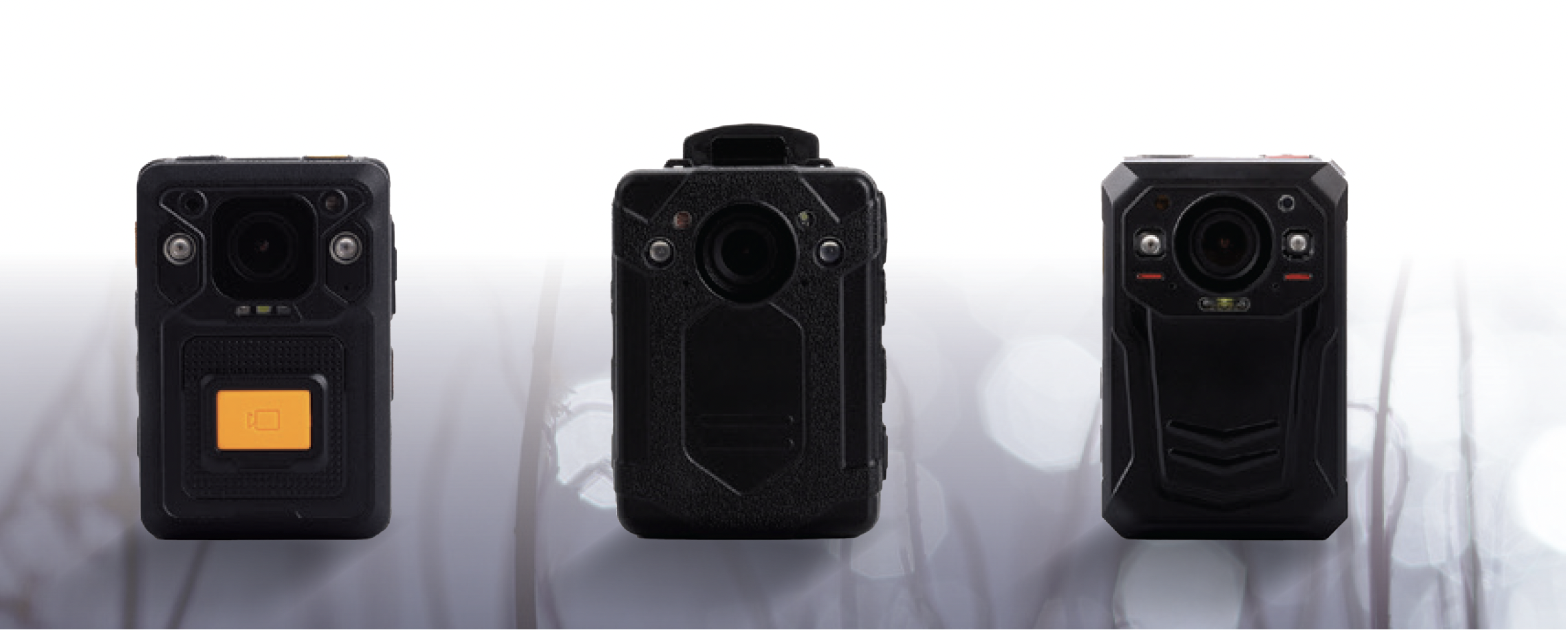With over thirty years of experience at the federal level of government, I understand the workings of regulatory agencies. From my days of military service and federal security operations to the ten years I served as a Compliance Specialist at USDA, I pride myself on understanding the nature of regulations.
Sitting outside a farm in Pennsylvania on a conference call about an animal breeder, I realized a new calling – helping the backbone of a nation deal with the burdensome regulations of the federal government. Within just a few months of that phone call, I left my role with the USDA.
Now, following my passion for coaching, I founded Innovative Compliance and Coaching (ICC). It is my hope that through training, technology, coaching, and third-party inspection preparation, ICC can work to help breeders and farmers be a success without always worrying about the burden of governmental regulations.
Today I am going to talk about USDA APHIS Animal Care and how things have evolved over the years. Years ago, getting a license was not any big deal, and inspections were not really that large of a burden except for a few bad actors that were blatant about not complying. Then in 2010 it all changed. USDA had an internal audit that really embarrassed them.
USDA set out to improve because expectations with society were changing and society was demanding that USDA start making breeders and dealer accountable. The standards in dog breeding, like most industries continue to change and improve. Many breeders over the years were slow to change, so USDA applied pressure using an “Enforcement” approach for a few years where they cited everything and hammered the licensee for noncompliance. Then it slowly evolved into an “Educational” approach. This method worked well for the breeders and industry members, but it kind of irritated the animal right folks. You see they want the industry of animal breeding so regulated, so overburdened that no one would ever want to be a breeder.
Year after year, USDA is sued by outside groups generating headlines like “Lawsuit Alleges USDA Secretly Relaxed Animal Welfare Inspections” and “Lawsuit Seeks to Force USDA to Recognize Its Authority to Take Possession of Animals When Agency Revokes Licenses” and my favorite “ASPCA Sues USDA for its Non- Enforcement Policy on the Animal Welfare Act”.
These headlines and lawsuits have an impact on everyone in the animal business. The animal rights people want to destroy the commercial dog breeding business because it is the easiest target for them to achieve victory. The reason dog breeders are the easiest is because it is the most fragmented of all the animal breeding industries. Dog breeders lack solidarity, which means that we have common interest but lack unity of agreement or action.
One way we can challenge the pressure from outside groups is to be in compliance. To read and understand the regulations. To work towards Continuous Quality Improvement (CQI). Even in 2022, people ask me how to get around a regulation and the best way to deal with a regulation is to read it, understand it, and comply with it.
That may sound counter intuitive to some of you, but what I am saying is; read and understand the regs. Licensees often listen to others, glance at the regs, and begin managing the facility with rules they don’t know or fully understand. Now I want you to be clear, I am not insulting breeders, just pointing out that a lot and I mean many breeders have never really read the Animal Welfare Act. I believe in my heart and soul that you should know and understand the applicable sections of the Animal Welfare Act as well as any inspector or maybe better. Remember, they have the entire book to know and understand while you have a few pages in a few sections.
The other trick to stay within the four corners of the document. Meaning neither you, nor USDA can add to, or take away from the regulation. You can’t selectively ignore parts of the regs for convenience, and they can’t add to the reg because they want to.







